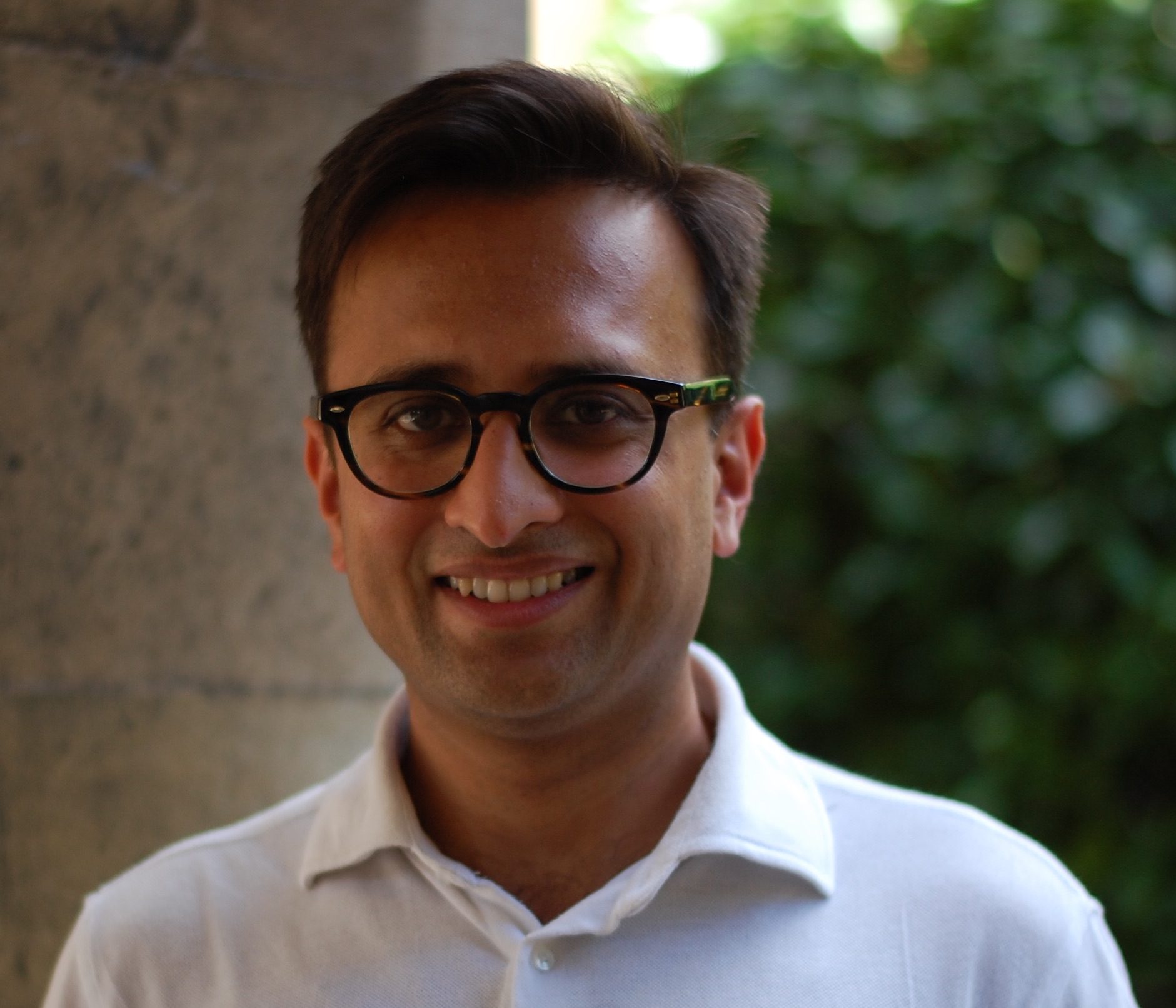
Anurag Agarwal
Professor in Acoustics and Biomedical Technology
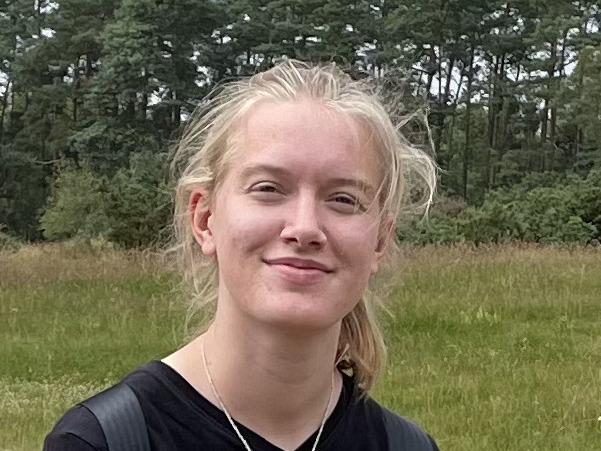
Kate Bassil
PhD student
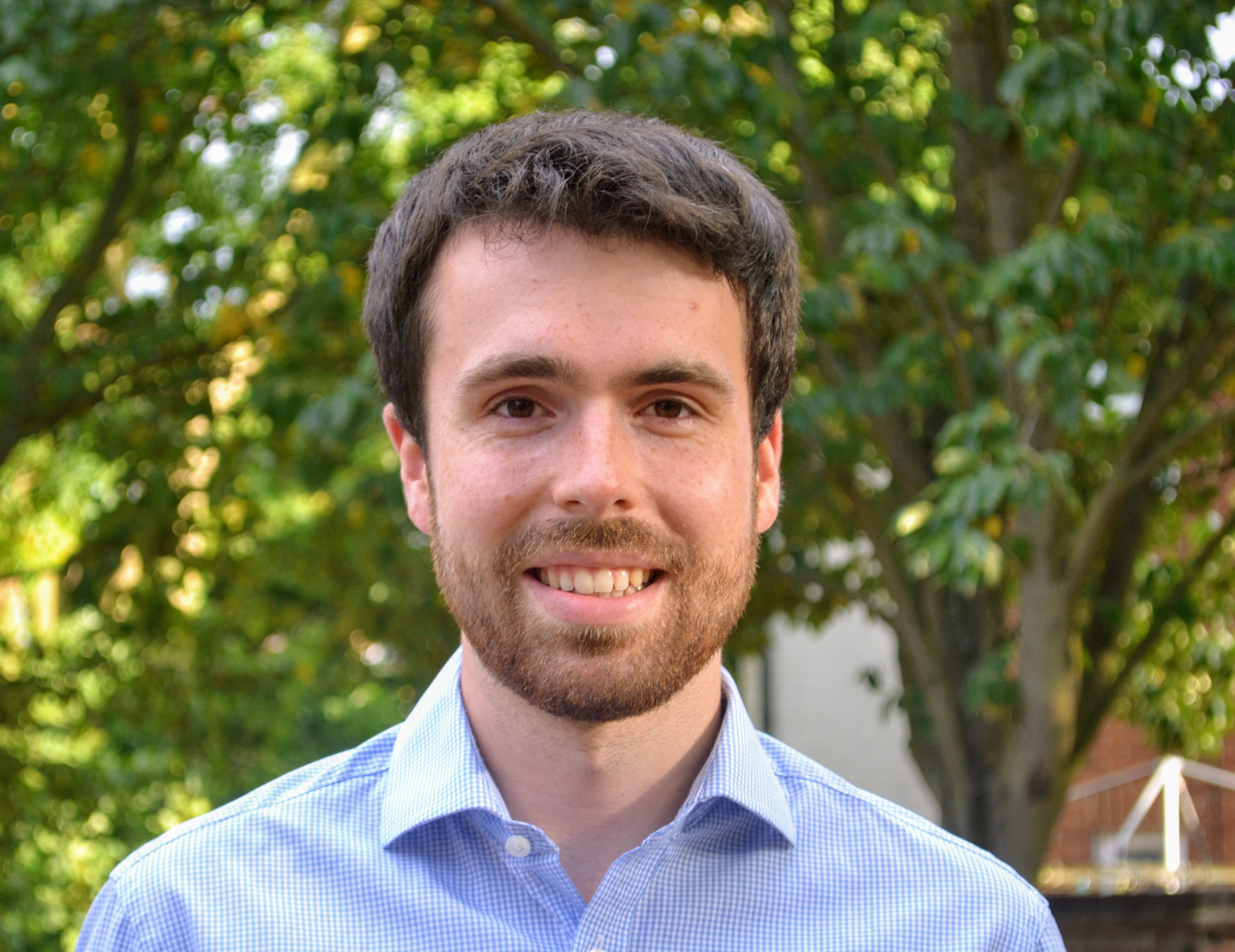
Andrew McDonald
Postdoctoral researcher
Andrew is developing a novel medical device to screen for valvular heart disease using sound and machine learning. Valvular heart disease is a serious but poorly detected condition – nearly two million people in the UK have clinically significant valve problems but less than half are diagnosed. Patients detected at a late stage are up to twice as likely to have subsequent heart failure. The new device will enable accurate and widespread early screening of the disease, both improving patient prognoses and reducing the burden on healthcare systems.
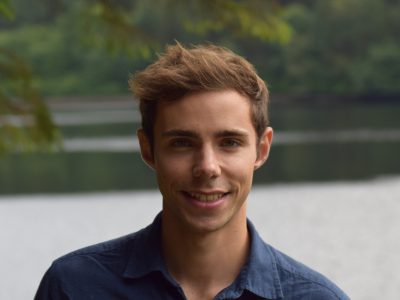
Max Nussbaumer
Postdoctoral researcher

Nirmani Rathnayake
PhD student
Alumni
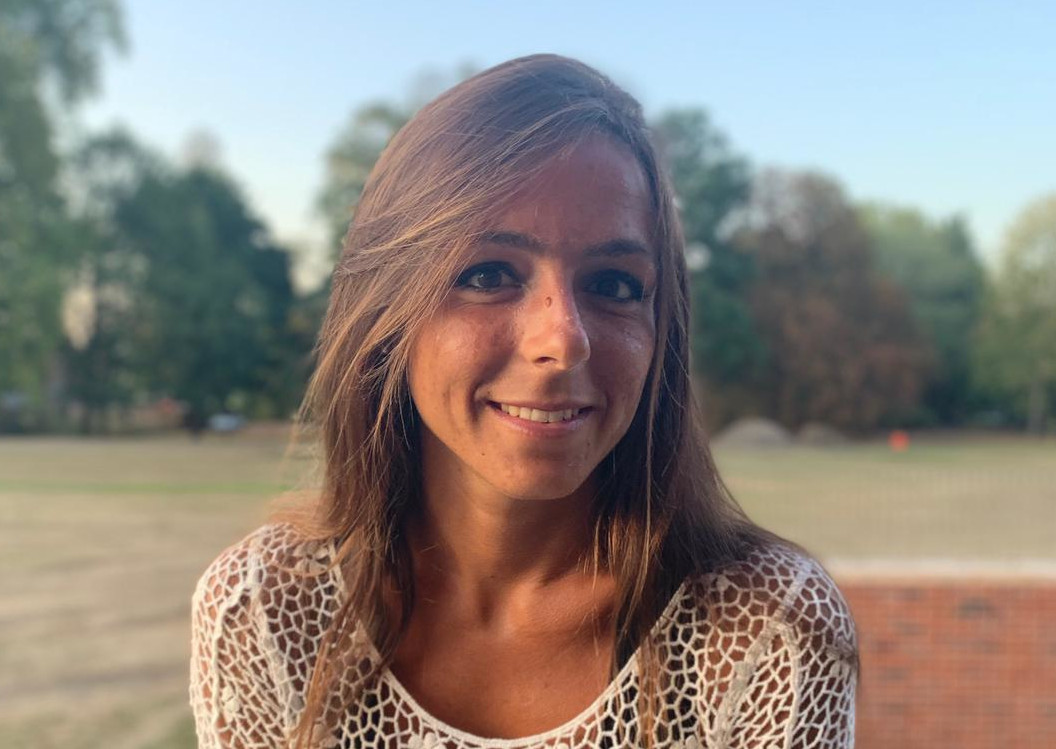
Francesca De Domenico
Junior Research Fellow
Francesca was a Junior Research Fellow at Gonville and Caius College, Cambridge. She holds a BSc and a MSc from the University of Padua (Italy) and she obtained her PhD in 2019 from the University of Cambridge. Her PhD research focused on understanding and reducing the noise emitted by aero-engines and gas turbines, and on developing laser diagnostic techniques suitable for high-pressure, high temperature environments. Her research then shifted from flames to the human body, where she worked on understanding the physics behind osculatory blood pressure measurements.
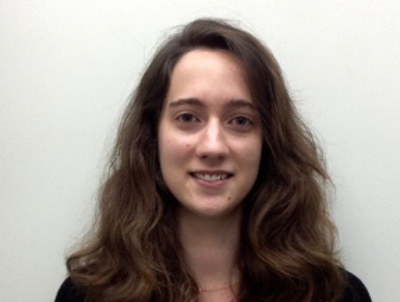
Amélie Lamarquette
PhD student

Alastair Gregory
Junior Research Fellow
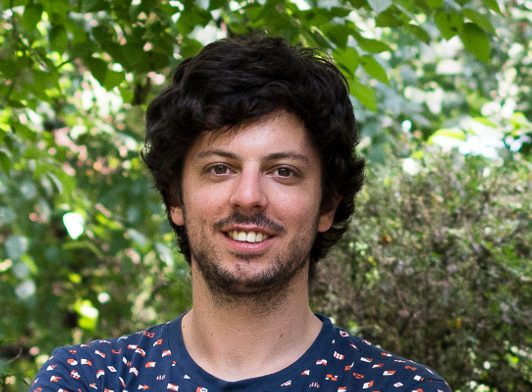
Benjamin Bugeat
Postdoctoral Researcher
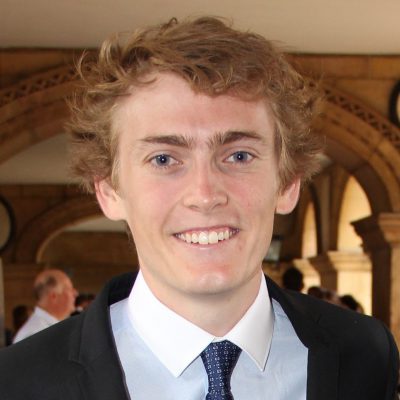
Ed Kay
PhD student
Ed worked on understanding and classifying heart sounds. He produced physical models to understand the causes of the heart murmurs associated with aortic stenosis and mitral regurgitation. He also used machine learning techniques to classify heart sounds as either normal or abnormal.
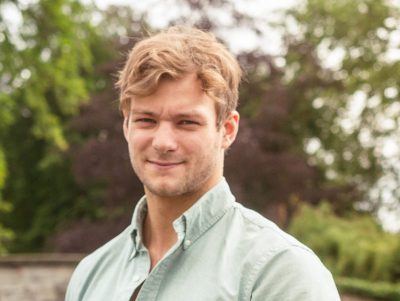
Oscar Wilsby
PhD student
Oscar developed noise prediction methods for turbomachinery operating at low Reynolds number. Noise reduction of air-moving devices such as axial compressors is becoming increasingly important for the industrial engineer, as stringent regulations are placing acoustic design on near equal terms with aerodynamic efficiency. Consequently, noise can no longer be accepted as an undesirable by-product, but rather must be accounted for at an earlier stage, ideally in tandem with aerodynamic design. Oscar worked to implement low order models that can be used to assess noise levels early in the design process. This work involved using analytical models together with computationally demanding fluid dynamics simulations to devise quick but accurate methods for noise production. Oscar was also interested in utilising machine learning algorithms in optimisation for low noise design.


